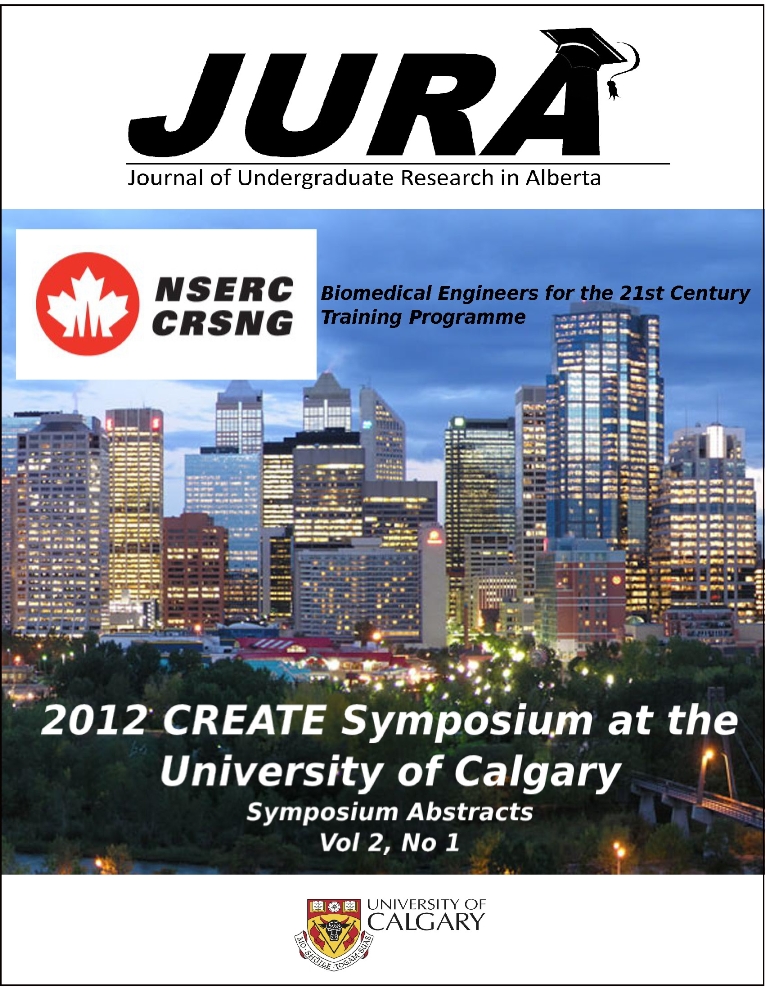Towards Maximizing Jump Performance with Apparel
Abstract
impact on vertical jump performance; however the reason for this improvement isunknown. In order to maximize jump performance using apparel, information oncertain aspects of the jumping mechanism must be gathered.Purpose: The aim of this study was to examine the influence of hip joint flexionangle on jump height and to determine if athletes naturally attain the optimal hip jointangle.Methods: Ten subjects performed counter-movement jumps in three conditions. Thefirst set of trials was performed at the subjects’ self-selected hip flexion angle. Motioncapture was used to determine the hip flexion angle after each jump and peak heightwas measured with the Vertec jump tester. The next two conditions were performed at(approx.) 10 degrees of hip flexion less than and greater than the control condition.Inverse dynamics was used to analyze the joint moments and analog force plate datawas used to analyze ground reaction force and impulse.Results: Differences in jump height were observed for each condition. The highestaverage jump height was achieved during the control condition, with the "above"condition (shallower squat during countermovement) a close second and the "below"condition had the lowest average jump height. The mean ground reaction force forthe "above" condition followed the same pattern as the control condition results butshowed a higher magnitude, while the "below" ground reaction force was substantiallylower than the control results. The peak hip extension moment was consistently thegreatest in magnitude for the "below" condition and smallest for the "above" condition.Downloads
Download data is not yet available.
Downloads
Published
2012-10-25
Issue
Section
Articles
License
Authors retain all rights to their research work. Articles may be submitted to and accepted in other journals subsequent to publishing in JURA. Our only condition is that articles cannot be used in another undergraduate journal. Authors must be aware, however, that professional journals may refuse articles submitted or accepted elsewhere—JURA included.


